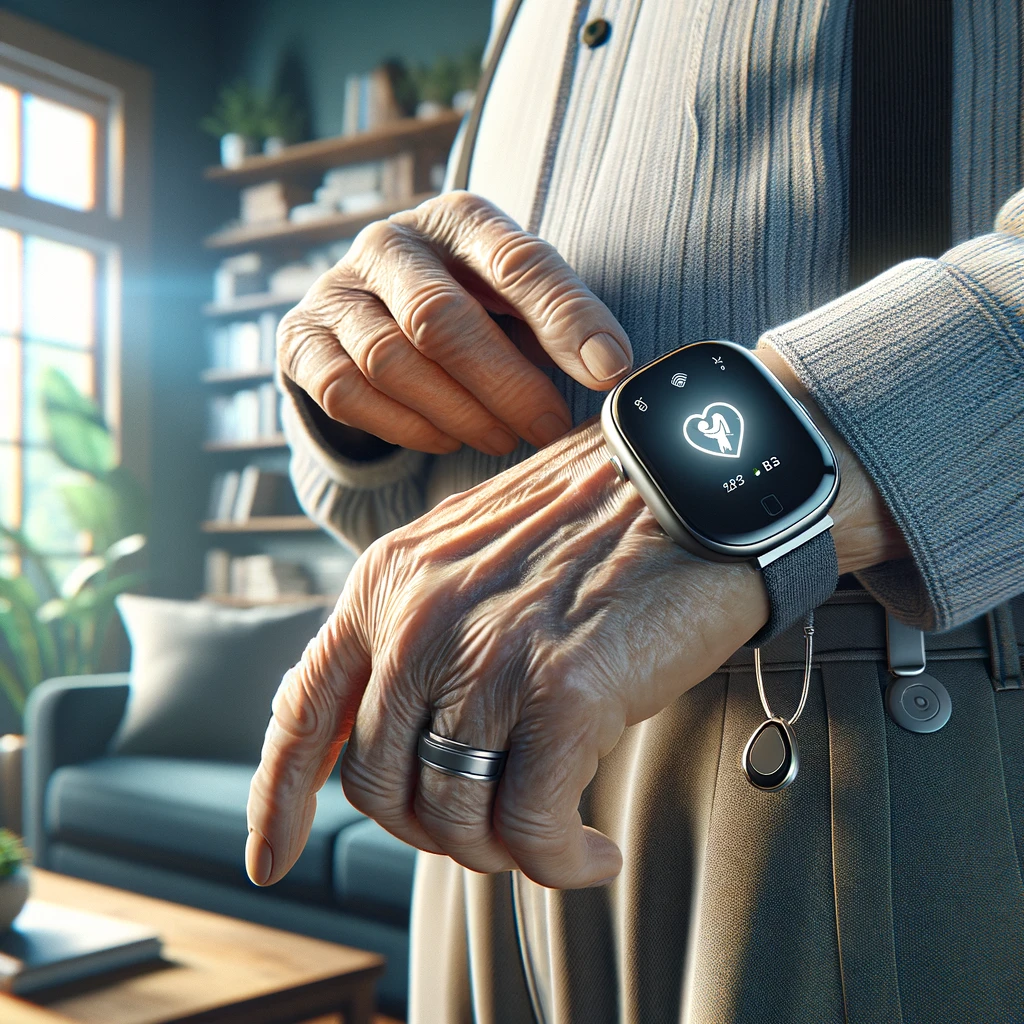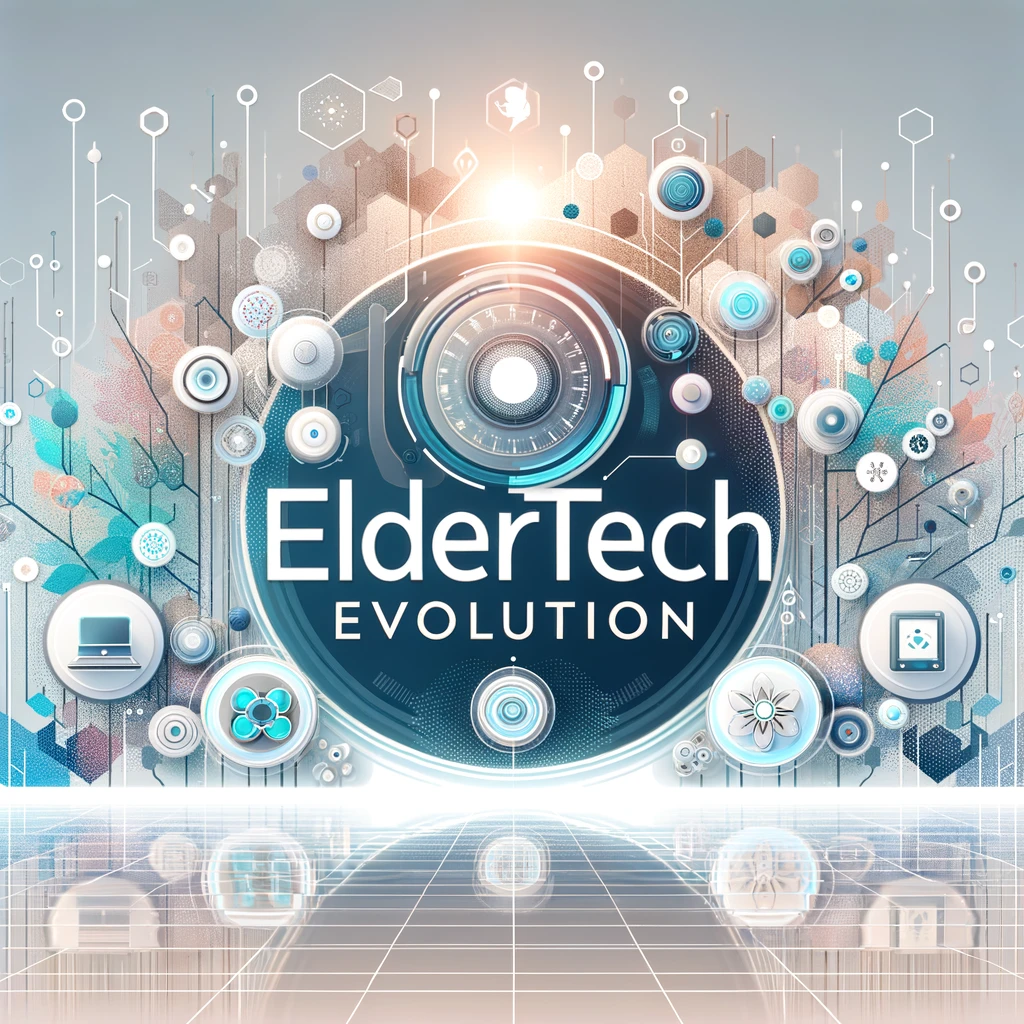Introduction
Falls are a leading cause of injury among seniors, posing a significant risk to their health and independence. In response, the development of wearable fall detection devices has become a critical technological advance. This post explores how these devices work, their impact on elderly care, and the research supporting their effectiveness.
The Technology Behind Wearable Fall Detection
- Sensors and Algorithms: Modern wearables, including smartwatches and specialized pendants, are equipped with accelerometers and gyroscopes to detect falls. They use sophisticated algorithms to distinguish between normal activities and a potential fall.
- Automatic Alerts: Upon detecting a fall, these devices can automatically alert emergency contacts or services, ensuring rapid response and assistance.
Impact on Senior Safety and Independence
- Immediate Assistance: The quick response facilitated by these devices can be lifesaving, especially in cases where a senior is unable to call for help themselves.
- Peace of Mind: For both seniors and their caregivers, these wearables provide peace of mind, knowing that help is readily available in case of a fall.
Research and Effectiveness
- Validation Studies: A study published in the “Journal of the American Medical Association” tested the accuracy of fall detection algorithms in smartwatches, confirming their potential in real-world scenarios (DOI: 10.1001/jama.2020.0465).
- User Acceptance: Research in “Gerontology” highlights the growing acceptance and willingness among seniors to use wearable technology for health monitoring (DOI: 10.1159/000356892).
Design and User-Friendliness
- Comfort and Style: Wearable fall detection devices are designed to be comfortable and discreet, with some resembling standard wristwatches or jewelry.
- Ease of Use: User-friendliness is a key design focus, ensuring seniors can easily operate these devices without technical expertise.
Advanced Features
- GPS Tracking: Some devices include GPS tracking, allowing caregivers to locate the wearer quickly in case of an emergency.
- Health Monitoring: Beyond fall detection, these wearables often feature additional health monitoring functions, like heart rate tracking.
Challenges and Future Directions
- False Alarms: Reducing false alarms remains a challenge, as it’s crucial for these devices to accurately differentiate between falls and normal activities.
- Connectivity Issues: Ensuring reliable connectivity for prompt alerts is critical, especially in remote or low-signal areas.
Conclusion
Wearable fall detection devices are a vital technological advancement in senior care. They offer not just a safety net in case of falls, but also a sense of security and autonomy for the elderly. As technology evolves, these devices will likely become even more sophisticated, further enhancing the safety and well-being of seniors.
Call to Action
Do you have experiences or thoughts on wearable fall detection devices? Share in the comments below. Let’s discuss how these innovative tools are shaping the future of elderly care.



Leave a Reply